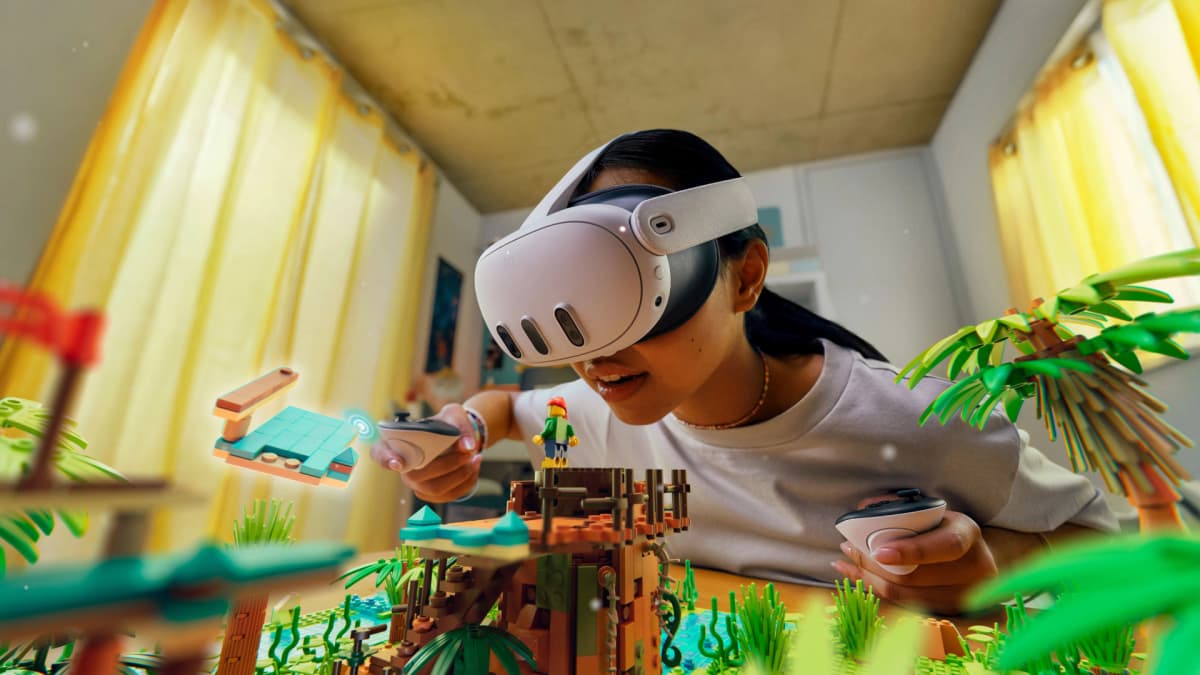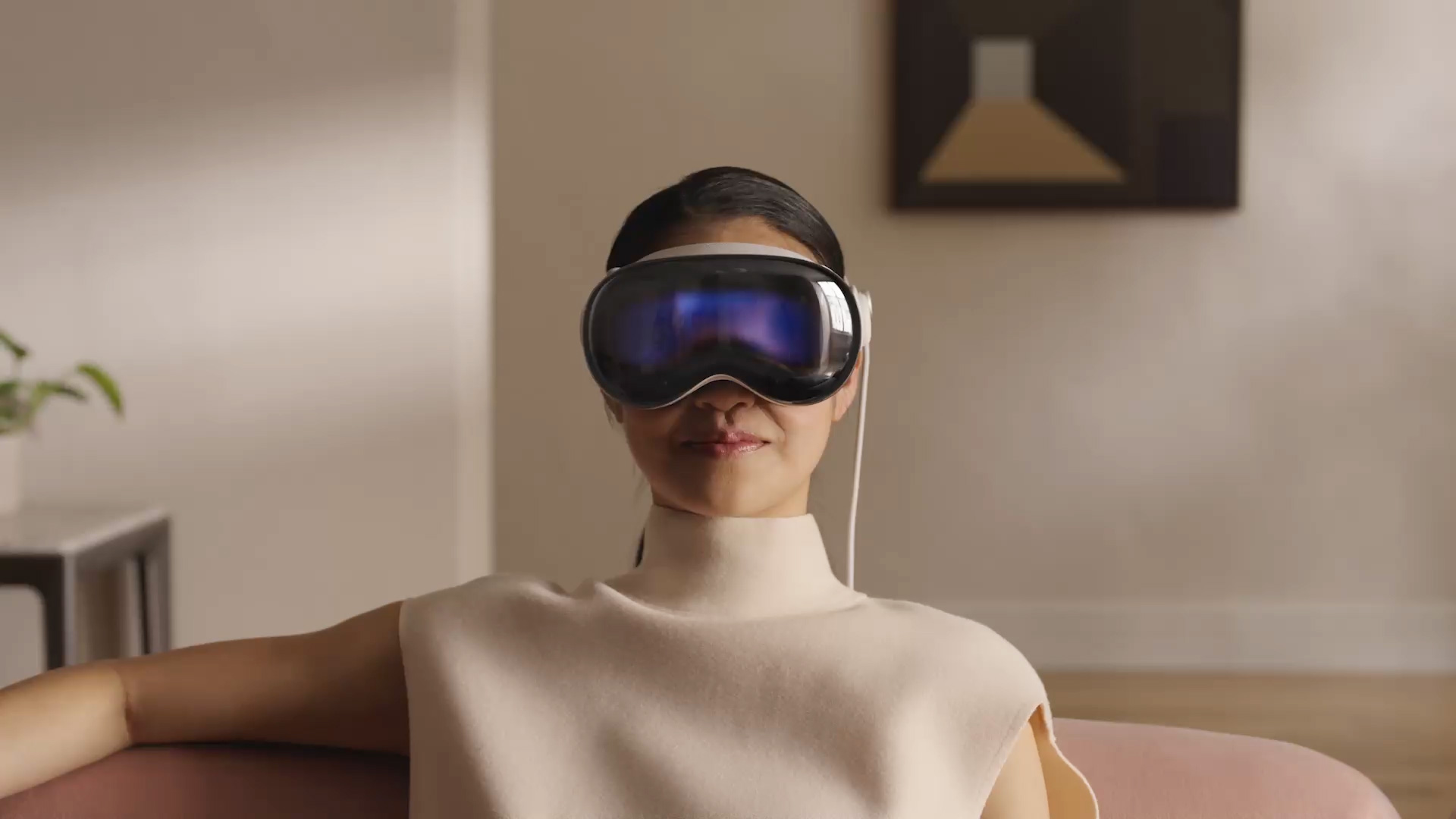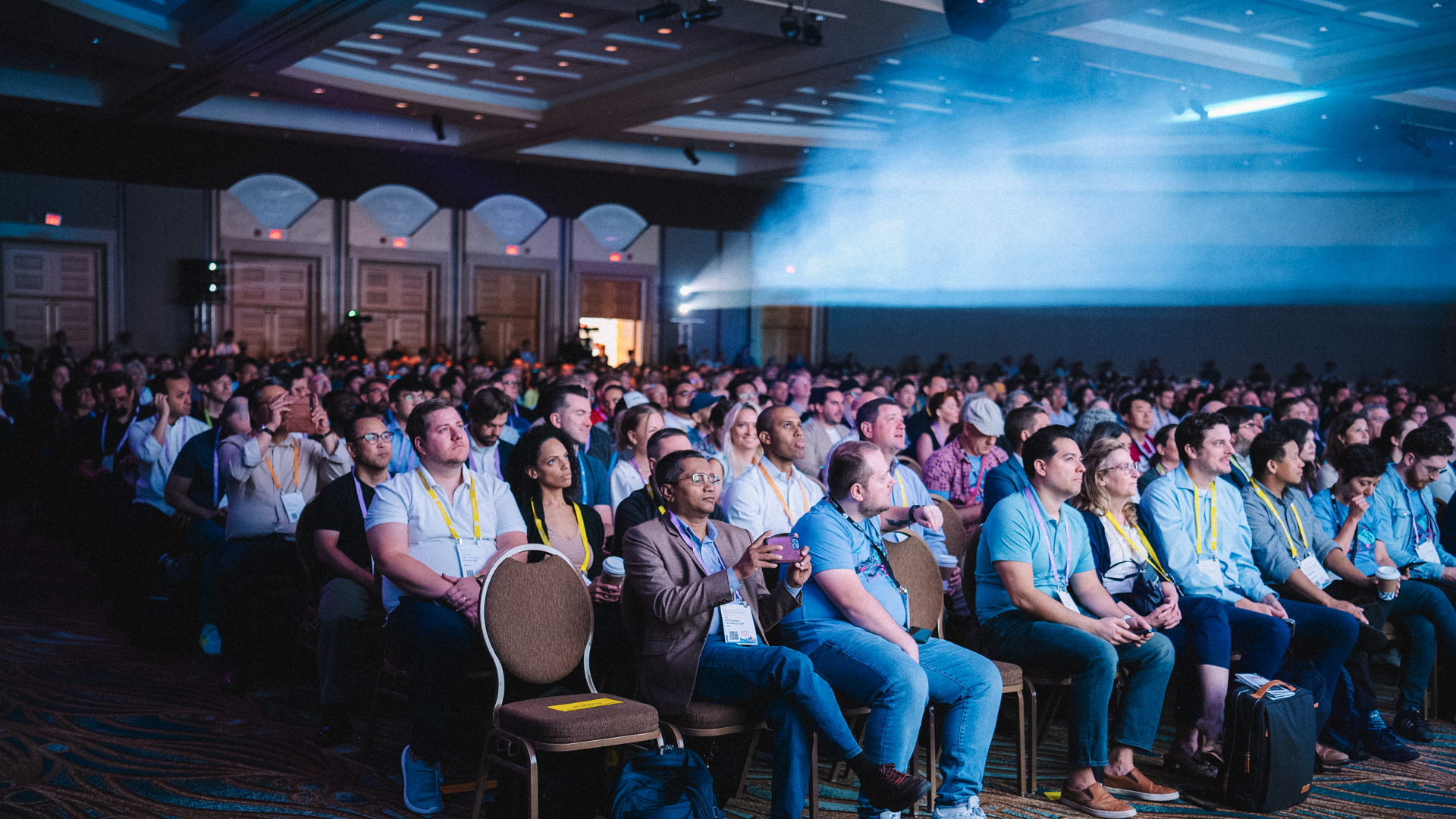Welcome back to AWE Talks, our series that revisits the best of AWE’s conference sessions. With AWE USA 2024 recently concluded, we have a fresh batch of footage to keep us busy for weeks to come.
We continue the action this week with an all-star panel of game developers and studios. As mixed reality is increasingly a standard in VR headsets, how are these developers thinking about it and designing for it?
See the summarized takeaways below, along with the full session video. Stay tuned for more video highlights each week and check out the full library of AWE USA 2024 sessions on AWE’s YouTube Channel.
Speakers
Jenna Seiden
Robin Moulder
Tommy Palm
Jesse Schell
Rita Turkowski
Key Takeaways & Analysis
– One standard rule of VR gaming is that native development beats porting existing games.
– That's easier said than done given a quickly evolving set of standards and capabilities.
– Now that mixed reality is increasingly standard in VR headsets, the same principle applies.
– This begs the question, what are best practices and considerations for MR game design?
– First, just like VR, it should be determined if MR is even the best format for a given game.
– Don't shoehorn something into MR just because it seems cool. It may be better off in VR.
– Or in some cases, it may even be better off in a 2D gaming format or something non-XR.
– So what are the top considerations and criteria for games that will work well in MR?
– One key question to ask is, does the real-world environment add to the experience?
– For example, is the concept of "here" valuable for the user's experience and comfort?
– To put that into context, VR is all about transporting you somewhere, which is often good.
– But being brought somewhere else can be jarring to some users.
– Mixed reality offers the opportunity to keep users grounded in their own spaces.
– Virtual spaces have new rules and dynamics, but MR brings the experience to users.
– This is a longstanding principle of digital media and tech: meet users where they are.
– This engenders a certain comfort factor that could be important to new VR users.
– Speaking of comfort, MR users are generally more confident swinging their arms around.
– MR is also fitting to experiences that fit on a tabletop, such as puzzlers or tower defense.
– Another mixed reality consideration is if interaction with other people is additive.
– In some cases, MR can also reduce friction by lessening things like boundary setup.
– And for the game designer, MR offers operational efficiencies in less world-building.
– But though all these factors apply, there has to be a match between the IP and the medium.
– Not all IP will work in MR. The narrative has to fit the unique dynamics of mixed reality.
– For that reason, early MR hits won’t be established IP but rather new/native IP.
– Lastly, all the above not only applies to game studios and devs, but also to their clients.
– In work-for-hire or agency services, the challenge is educating clients about the best path.
– Sometimes that will be MR and sometimes it won't... it's all about translating client goals.
Speakers
Jenna Seiden
Robin Moulder
Tommy Palm
Jesse Schell
Rita Turkowski
Key Takeaways & Analysis
– One standard rule of VR gaming is that native development beats porting existing games.
– That's easier said than done given a quickly evolving set of standards and capabilities.
– Now that mixed reality is increasingly standard in VR headsets, the same principle applies.
– This begs the question, what are best practices and considerations for MR game design?
– First, just like VR, it should be determined if MR is even the best format for a given game.
– Don't shoehorn something into MR just because it seems cool. It may be better off in VR.
– Or in some cases, it may even be better off in a 2D gaming format or something non-XR.
– So what are the top considerations and criteria for games that will work well in MR?
– One key question to ask is, does the real-world environment add to the experience?
– For example, is the concept of "here" valuable for the user's experience and comfort?
– To put that into context, VR is all about transporting you somewhere, which is often good.
– But being brought somewhere else can be jarring to some users.
– Mixed reality offers the opportunity to keep users grounded in their own spaces.
– Virtual spaces have new rules and dynamics, but MR brings the experience to users.
– This is a longstanding principle of digital media and tech: meet users where they are.
– This engenders a certain comfort factor that could be important to new VR users.
– Speaking of comfort, MR users are generally more confident swinging their arms around.
– MR is also fitting to experiences that fit on a tabletop, such as puzzlers or tower defense.
– Another mixed reality consideration is if interaction with other people is additive.
– In some cases, MR can also reduce friction by lessening things like boundary setup.
– And for the game designer, MR offers operational efficiencies in less world-building.
– But though all these factors apply, there has to be a match between the IP and the medium.
– Not all IP will work in MR. The narrative has to fit the unique dynamics of mixed reality.
– For that reason, early MR hits won’t be established IP but rather new/native IP.
– Lastly, all the above not only applies to game studios and devs, but also to their clients.
– In work-for-hire or agency services, the challenge is educating clients about the best path.
– Sometimes that will be MR and sometimes it won't... it's all about translating client goals.
For more color, see the full video below...
Want more XR insights and multimedia? ARtillery Intelligence offers an indexed and searchable library of XR intelligence known as ARtillery Pro. See more here.



